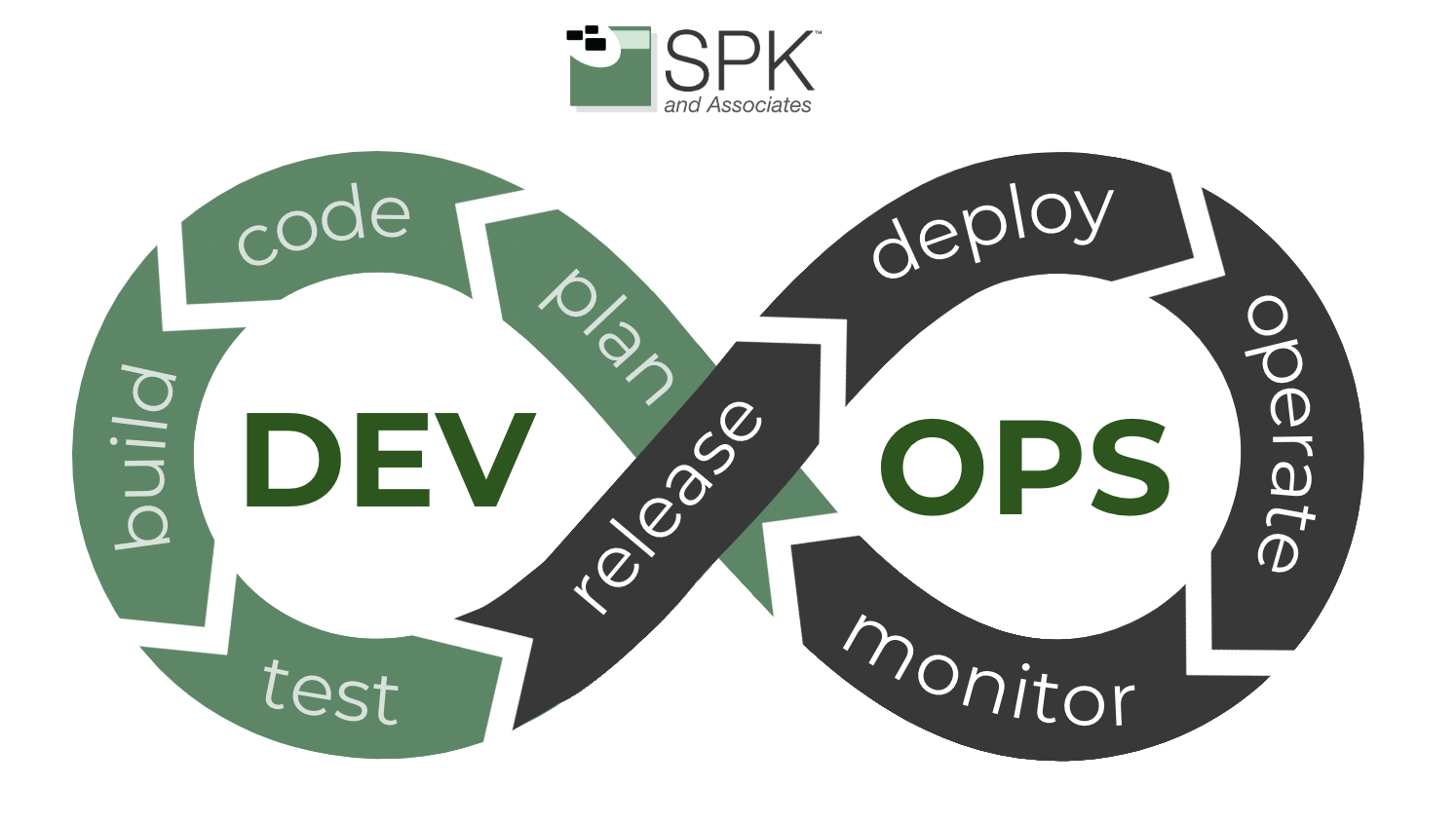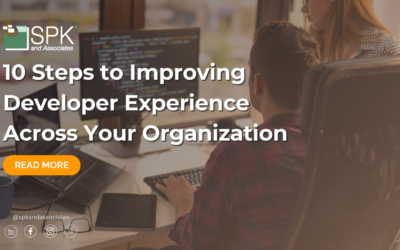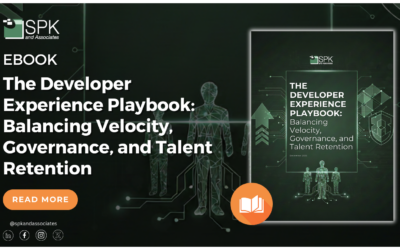In modern software development, visibility drives velocity. Engineering leaders can’t improve what they can’t see. When delivery pipelines span dozens of tools and teams, measuring progress becomes even harder. That’s why the best organizations rely on actionable, outcome-based metrics to guide decisions. These metrics don’t just track team output, but they measure the health of your engineering system. In this blog, we’ll explore five essential metrics every engineering leader should monitor.
The Importance of Software Health
Software health represents how effectively your teams deliver reliable, secure, and maintainable code over time. A “healthy” software delivery system is fast, stable, and joyful to work in. Without measurable insight into engineering performance, teams risk.
Lengthy release cycles
Increasing defect rates
Burnout and rework
Misalignment with business goals
The 5 Metrics That Matter
1. Cycle Time (Lead Time for Changes)
Cycle time is the time it takes for code to move from initial commit to production deployment. It reveals how quickly your team can turn ideas into delivered value. Long cycle times often signal bottlenecks in reviews, testing, or deployment processes. Shorter cycle times mean faster innovation and stronger alignment with customer needs.
How Jira and Git integrations help:
- Jira automatically tracks issues from ideation through release, linking commits, branches, and pull requests to each ticket.
- GitLab or GitHub data feeds into Jira dashboards, letting leaders visualize cycle time trends and pinpoint workflow friction (e.g., lengthy reviews or testing queues).
Shorter cycle teams lead to faster delivery of customer value with predictable velocity.


2. Deployment Frequency
Deployment frequency is how often new code is successfully deployed to production. Frequent deployments indicate a high-performing DevOps culture. Smaller, incremental releases reduce risk, speed up feedback loops, and enable faster adaptation to market changes.
How Jira and Git integrations help:
- GitLab’s CI/CD pipelines automatically log deployment activity, which can be surfaced in GitLab or Jira reports.
- Jira dashboards can correlate deployment frequency with team capacity and backlog completion rates, giving leaders visibility into release cadence.
Increased agility and shorter feedback cycles lead to continuous delivery of value.
3. Change Failure Rate
The change failure rate is the percentage of deployments that cause a failure in production (such as a rollback, bug, or outage). Change failure rate is the pulse of your software quality and reliability. A high failure rate often points to inadequate testing, weak reviews, or unstable infrastructure. Reducing this metric improves confidence in deployments and reduces customer-facing incidents.
How Jira and Git integrations help:
- Jira issues linked to post-release bugs or rollbacks can automatically update reports on failure rates.
- GitLab’s test and monitoring data (SAST, DAST, and CI job results) feed into Jira dashboards for real-time visibility into release quality.
Ensuring a low failure rate leads to more stable releases, fewer emergency rollbacks, and higher user satisfaction.
4. Mean Time to Restore (MTTR)
The MTTR measures the average time it takes to recover from a production failure or outage. Incidents happen, but resilient teams recover quickly. MTTR reflects your organization’s ability to detect, diagnose, and fix problems efficiently. Lower MTTR translates to stronger uptime, better customer trust, and reduced revenue loss.
How Jira and Git integrations help:
- Jira Service Management and GitLab incident issues can automatically track detection and resolution timestamps.
- Root Cause Analysis data from GitLab Duo or Git integrations can be logged to Jira for historical reporting and learning.
Companies with a lower MTTR have improved resilience, faster recovery, and continuous improvement in incident response.
5. Developer Happiness (Developer Experience Index)
Qualitative and quantitative feedback about engineers’ satisfaction with tools, processes, and workflows lead to the overall developer happiness metric. It comes as no surprise that happy developers write better software. Low morale or frustration with tools leads to slowdowns and higher attrition. Tracking developer sentiment alongside delivery metrics helps identify where friction, like long builds, unclear requirements, or poor tooling, can impact productivity.
How Jira and Git integrations help:
- Jira surveys and automation can collect regular feedback at the end of sprints or releases.
- Metrics like cycle time and deployment frequency provide objective context to qualitative feedback, revealing whether improvements are having a real impact.
Keeping developers happy leads to higher retention, better collaboration, and a culture of continuous improvement.
How Jira and Git Integrations Support These Metrics
When Jira and GitLab work together, engineering leaders gain full visibility from idea to deployment.
- End-to-end traceability: Every commit, merge request, and release is automatically linked to Jira issues, providing a single source of truth for delivery data.
- Customizable dashboards: Jira’s native reporting, paired with GitLab’s DORA metrics, gives you live visibility into cycle time, deployment frequency, and more.
- Automation and alerts: Integrations can trigger notifications, workflow transitions, and SLA reminders based on Git activity or pipeline results.
- AI insights: With GitLab Duo, leaders can identify trends faster—like predicting code review bottlenecks or recommending optimizations across projects.
Teams receive a real-time, data-driven view of their software health, enabling smarter decisions and faster iteration.
How SPK and Associates Improves Productivity and Software Health
At SPK and Associates, we specialize in unifying engineering visibility across Jira, GitLab, and other DevOps platforms. Our team helps leaders:
- Configure Jira and GitLab integrations for automated reporting and DORA metrics.
- Build customized dashboards to monitor productivity and software health.
- Implement best practices for CI/CD pipelines and agile planning.
- Train engineering managers and leads on interpreting and acting on metrics to drive performance improvements.
By focusing on measurable outcomes such as shorter cycle times, faster deployments, and happier developers, SPK helps your engineering organization turn data into decisions that drive real business value.

How Engineering Leaders Can Improve Productivity and Software Health
Improving productivity and software health isn’t about working harder; it’s about working smarter, with visibility and accountability. By tracking key metrics, engineering leaders can transform scattered data into actionable insights. Additionally, with the help of the right tools, those insights become traceable and measurable, helping teams continuously improve. If you are ready to implement the tools and practices that can help your organization improve productivity and software health, contact SPK today.








